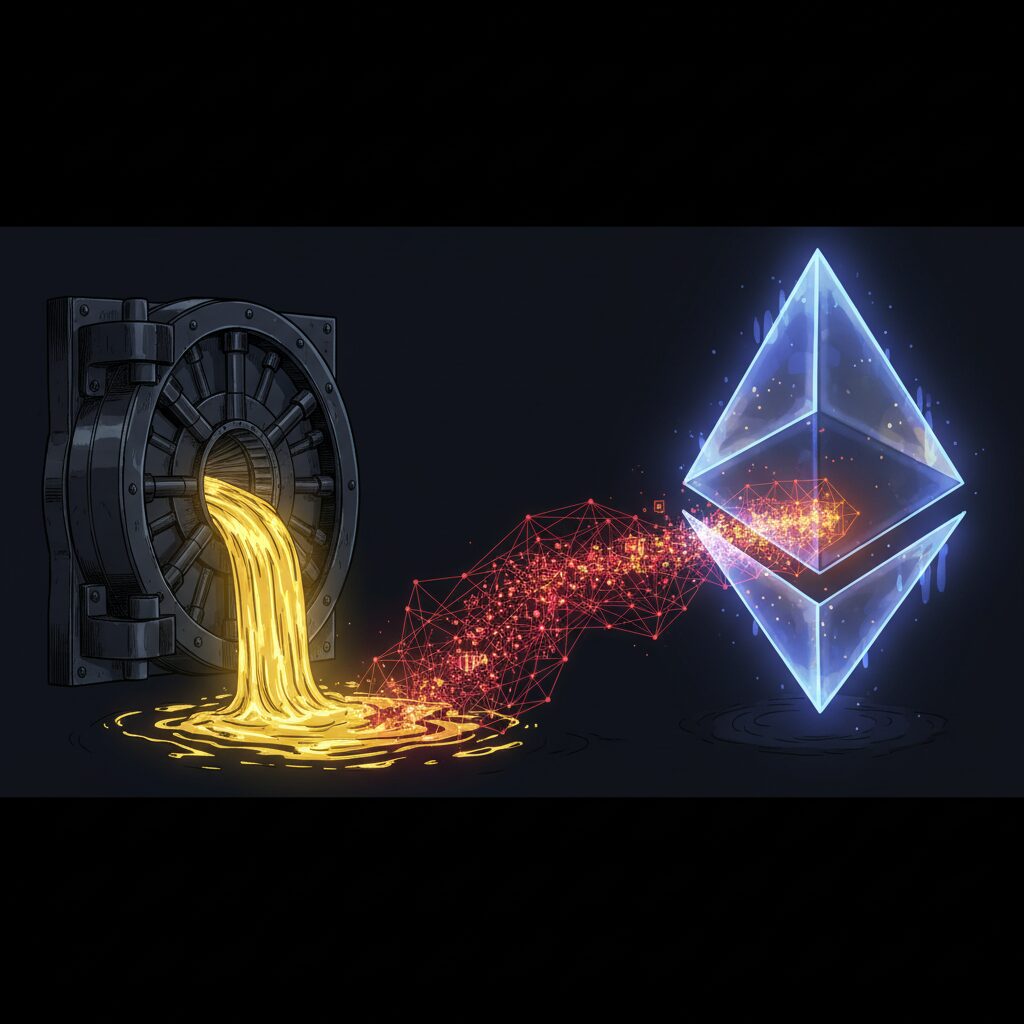OKX Integrates Chainlink on X Layer to Bridge Traditional and Decentralized Finance

A New Gateway for On-Chain Data and Cross-Chain Communication
Cryptocurrency platform OKX is integrating Chainlink’s Cross-Chain Interoperability Protocol (CCIP) into its X Layer, a high-performance Ethereum Layer-2 network. This strategic move aims to connect the worlds of Traditional Finance (TradFi) and Decentralized Finance (DeFi). As part of the collaboration, X Layer will also join the Chainlink SCALE program to help developers access critical on-chain services more efficiently.
The integration provides developers building on X Layer with reliable access to Chainlink’s industry-leading oracle network. This allows them to securely incorporate tamper-proof market data and other real-world information into their decentralized applications. The primary goal is to support advanced use cases in tokenization, secure trading, and automated financial services within a Web3 framework.
Chainlink’s CCIP enables secure messaging and data transfer between different blockchains, a crucial piece of infrastructure for a connected digital asset ecosystem. This integration places X Layer within a growing network of financial institutions exploring blockchain technology. Major players like the Depository Trust and Clearing Corporation (DTCC), UBS, and Swift are already leveraging Chainlink for on-chain data and tokenized asset workflows.
Accelerating Development with the Chainlink SCALE Program
By joining the Chainlink SCALE program, X Layer aims to lower the financial barriers for its developer community. The program helps cover the costs associated with using oracle and cross-chain services, allowing development teams to focus their resources on building applications rather than managing infrastructure expenses. This support is expected to accelerate innovation across the network.
The partnership combines X Layer’s high-performance features, including transaction speeds of up to 5,000 TPS and minimal gas fees, with Chainlink’s established data and interoperability solutions. The result is a powerful and cost-effective environment for developers working to build the next generation of financial applications.











